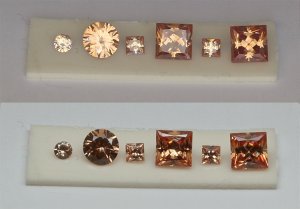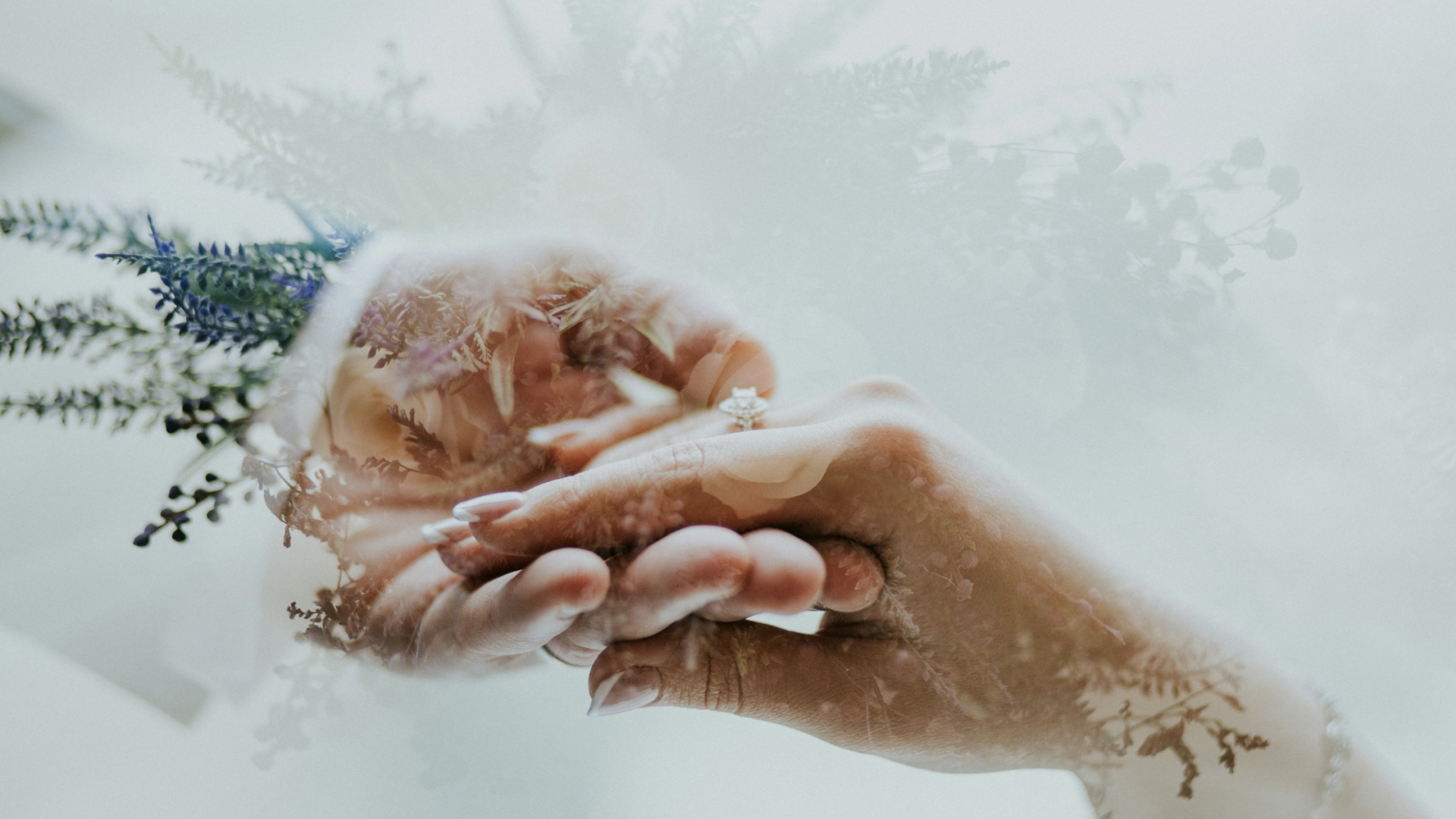Hi all,
Please look how a remarkable round stone (second from left) can be turned to ugly look after only one change in lighting conditions.
Who may say now that lighting can NOT change cut quality grade? That a good diamond will be better than a bad diamond under any lighting?
Out of these two lightings one is standard for consumers and the other one is standard gemological color and sometimes cut grading environment.
Exposure time was automatically choosed by camera. Human eyes are adopted to lighting similar way and percept this effect the same way.
Questions:
1) Which cut is better (round or princess)?
2) What we did with lighting?
3) Which type of lighting is similar with lab color environment grading?
Sergey and Yuri.

Please look how a remarkable round stone (second from left) can be turned to ugly look after only one change in lighting conditions.
Who may say now that lighting can NOT change cut quality grade? That a good diamond will be better than a bad diamond under any lighting?
Out of these two lightings one is standard for consumers and the other one is standard gemological color and sometimes cut grading environment.
Exposure time was automatically choosed by camera. Human eyes are adopted to lighting similar way and percept this effect the same way.
Questions:
1) Which cut is better (round or princess)?
2) What we did with lighting?
3) Which type of lighting is similar with lab color environment grading?
Sergey and Yuri.










300x240.png)